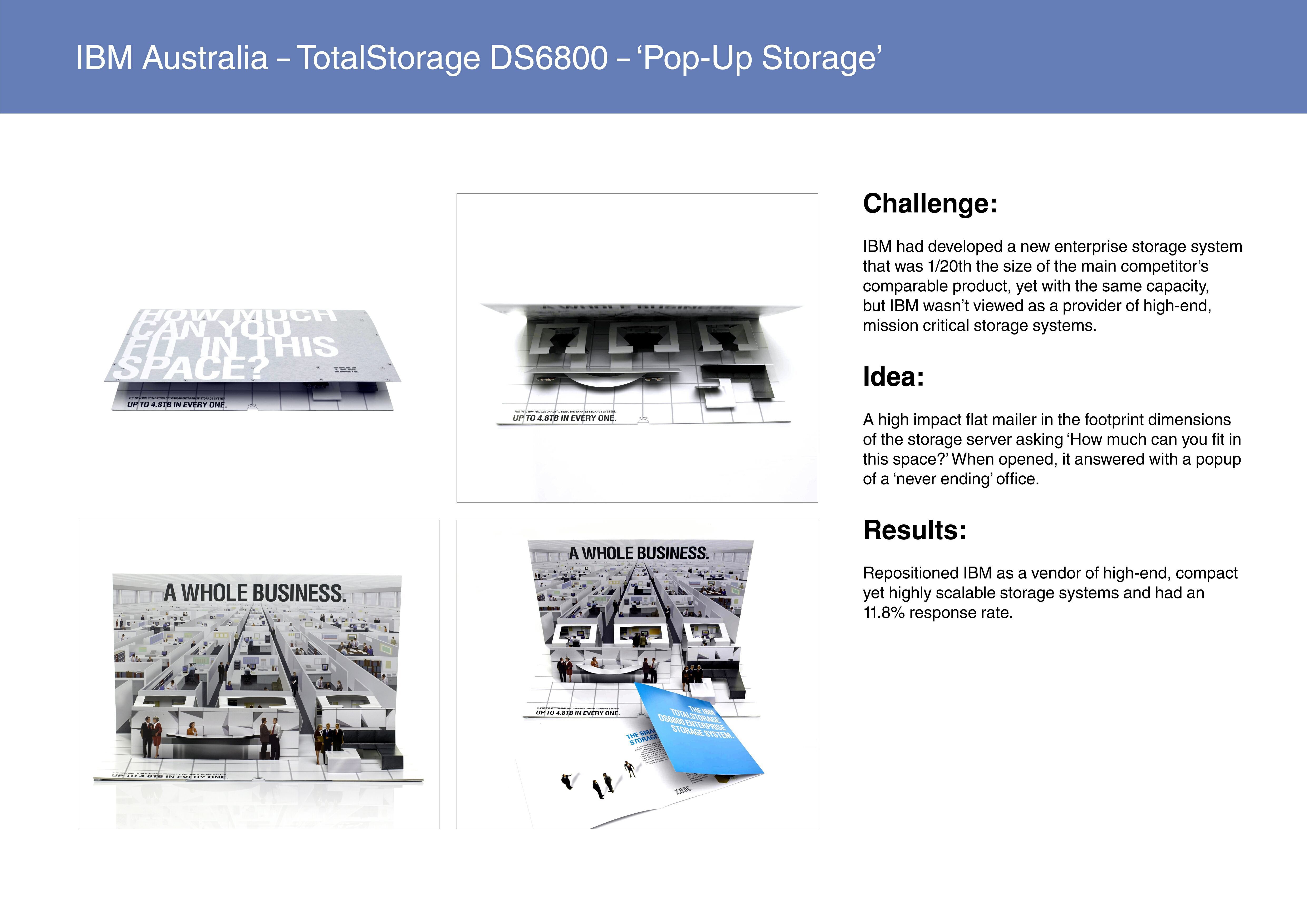Cannes Lions
Global Fibre Impact Explorer
GOOGLE, London / GOOGLE / 2022
Awards:

Overview
Entries
Credits
Overview
Background
The project’s origin was the result of conversations with our clients and partners. In recent years, sustainability has skyrocketed to dominate C-level agendas not only because it is incredibly important but because of the disproportionate impact of the fashion sector and commitments publicly made.
While many fashion brands are committed to making real change, the vast majority of the negative fashion impact and environmental risk is actually in the raw materials stage (Tier 4/pre-spin). This is the area where data is most opaque, limiting progress, with data either completely missing, not detailed enough, or being difficult to interpret without having a team of analysts on board. This has limited progress across the sector. We saw this as an opportunity to develop a scalable tool enabling brands to make more informed decisions. All frameworks align with the UN Sustainable Development goals to help facilitate action and integration with existing tools.
Idea
The idea was to create an easy to use interface so anyone in a fashion company - from the CEO to designers to sourcing departments - had an easy framework to assess the impact of various material choices. By bringing together the best of tech (using our Cloud technology and geospatial data), fashion industry (ensuring the right use case/solution) and climate expertise partners, we hope to create a cross-functional tool with unique insights to empower action.
The overall rating (low to very-high risk) for each category in GFIE is determined by a ‘master algorithm’. that draws in results from seven subsections, each subsection answering a specific question about the fibre and location: e.g.
What degree of fibre production impact and relevance from this location?
or
How much protection does the relevant certification scheme provide?
Based on these, we deliver a recommendation tailored to the issues identified per fibre and sub-section.
Strategy
The insights provided by GFIE are both quantitative and evaluative. Quantitative risk and impact data is married with more evaluative rating data to form a holistic analysis of the likely impacts for a specific combination of fibre, certification and location. Brands are able to view and compare fibres at a glance, and access map and aggregated data visualisations to quickly assess the environmental risks and impacts of a given fibre portfolio. Recommended actions are also available to help companies address the specific risk areas identified in the assessment, including links to organisations and programmes best placed to help.
Execution
Initially announced at the Copenhagen Fashion Summit in 2019, we intentionally wanted to spend the time to ensure what we built was fit-for-market and met the expectations of what we laid out from the start. From the beginning, the tool was developed with strong industry partners starting with what an ideal outcome would be for them, user first, to ensure wide impact.
This tool aims to carry out this expert process instantly for textile companies. This allows companies without internal teams or research budgets to evaluate their raw materials risks for the first time, as well as providing a consistent and repeatable evaluation across multiple impact areas for companies of all sizes and levels of progress.
Launched at COP26 calling for more partners to join the pilot. When Textile Exchange launches GFIE fully in November, the project will be open source and freely accessible to all.
Outcome
Brands can explore the environmental risks and impacts of various fibres at a global, national and in some cases sub-national level using the GFIE. For brands that upload their own fibre portfolios, users will have access to recommendations to help them decrease environmental impact locally in the regions they are currently sourcing from. This tool will help to fill in important data gaps and also sow brands to class more informed questions to their manufacturers.
Since its launch at COP26, over a thousand fashion brands such as adidas, All Birds, H&M Group and VF Corporation have already signed up to the pilot to help fight against the climate crisis.
Similar Campaigns
12 items






